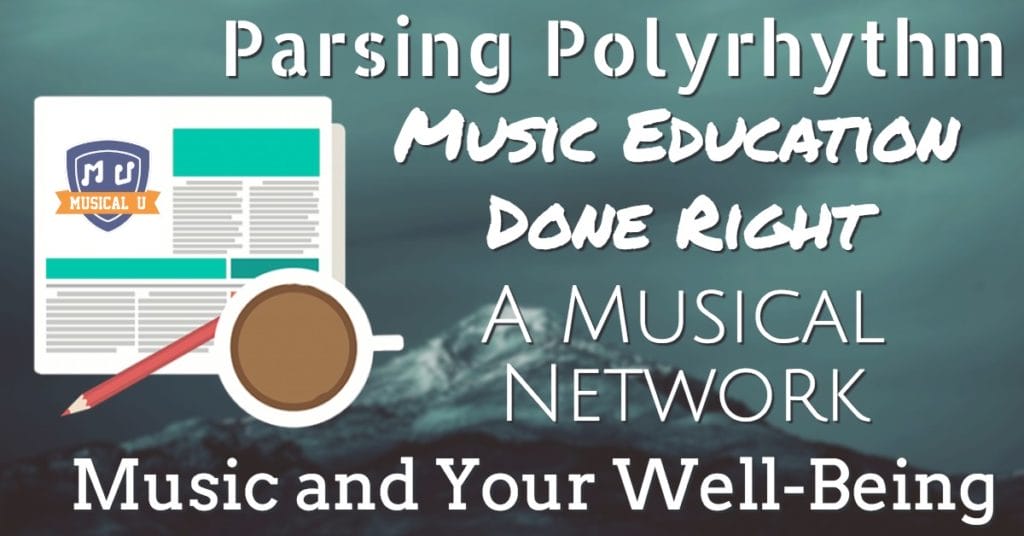Solo practice can be incredibly satisfying and rewarding, but there comes a time for every musician when they want to collaborate with others, show their music to the world, or branch out in another way.
Making connections is what transforms music from a solitary joy to collective entertainment – and there are countless ways to make these connections.
We look at connecting to rich rhythmic traditions through the use of polyrhythms, interview the music social network Vampr’s Head of Growth to understand how the app connects musicians, explore the social and emotional benefits of learning and playing music, and interview the man who radically improved a school’s academic results by implementing an engaging, communal music program.
Parsing Polyrhythm
It’s no secret: Western music loves 4/4 time. Particularly, genres like techno and rock ‘n’ roll worship at the altar of repetitive, predictable beats that are easy to groove to.
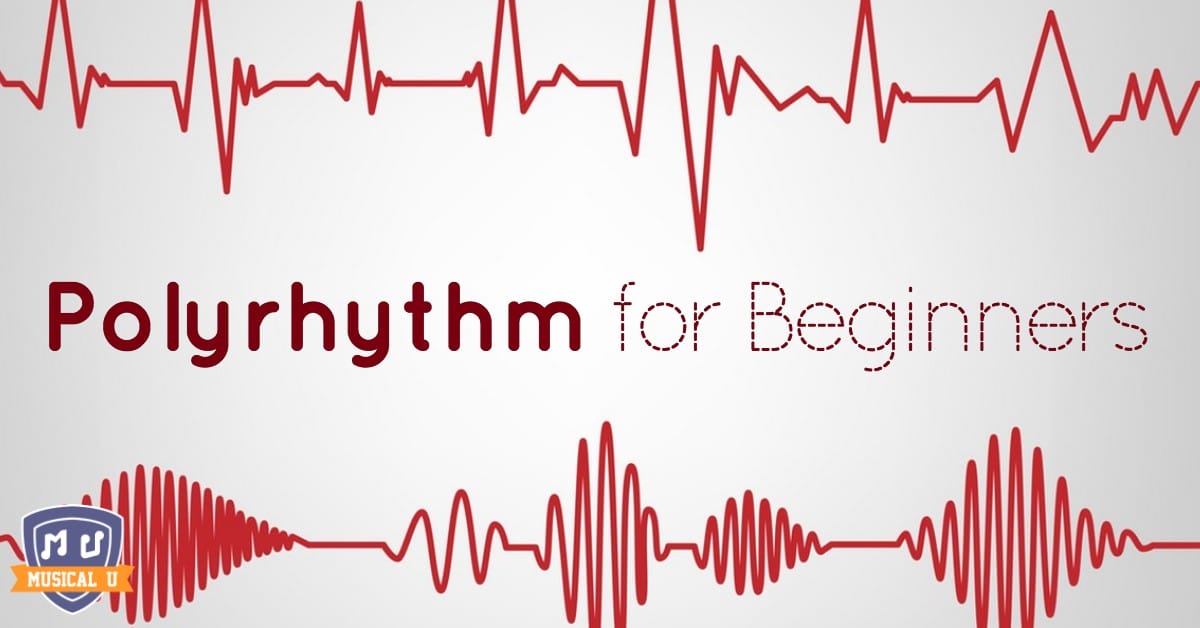 In other musical traditions, this rhythmic sensibility is eschewed completely, in favour of complex, layered rhythms with a unique groove and a whole lot of feeling – think traditional African drumming and very danceable Latin music.
In other musical traditions, this rhythmic sensibility is eschewed completely, in favour of complex, layered rhythms with a unique groove and a whole lot of feeling – think traditional African drumming and very danceable Latin music.
These are called polyrhythms, and occur when two or more conflicting rhythms are played simultaneously, causing your ear to perceive them as one.
Learn how to understand, count out, and play polyrhythms with Polyrhythm for Beginners. We’ll look at some simple examples of polyrhythm, arm you with a few tools for counting them out, and give you a starting point for using them in your own music.
How exactly can you notate musical creations that contain polyrhythms? A popular tool to use for notation is Muse Score, and luckily, they have a function that makes incorporating polyrhythm into your scores a breeze.
As we learned, polyrhythm likely originated from African drumming. Learning more about the indigenous music of Africa is a great way to not only get a feel for polyrhythms, but also to increase your appreciation for a fascinating musical tradition. Check out All Around This World’s introductory lesson!
The groove of polyrhythms can feel a bit strange at times. Like it doesn’t quite make sense. So, what better way to practice your playing than with some examples inspired by the hit Netflix show “Stranger Things” put together by Ray from Revolution Harmony?
Music Education Done Right
As time goes on, more and more schools are recognizing the value of investing in a music program.
But what if rather than adding music as an afterthought, it was inserted into the curriculum as a core subject that was treated with the same seriousness as math and science?
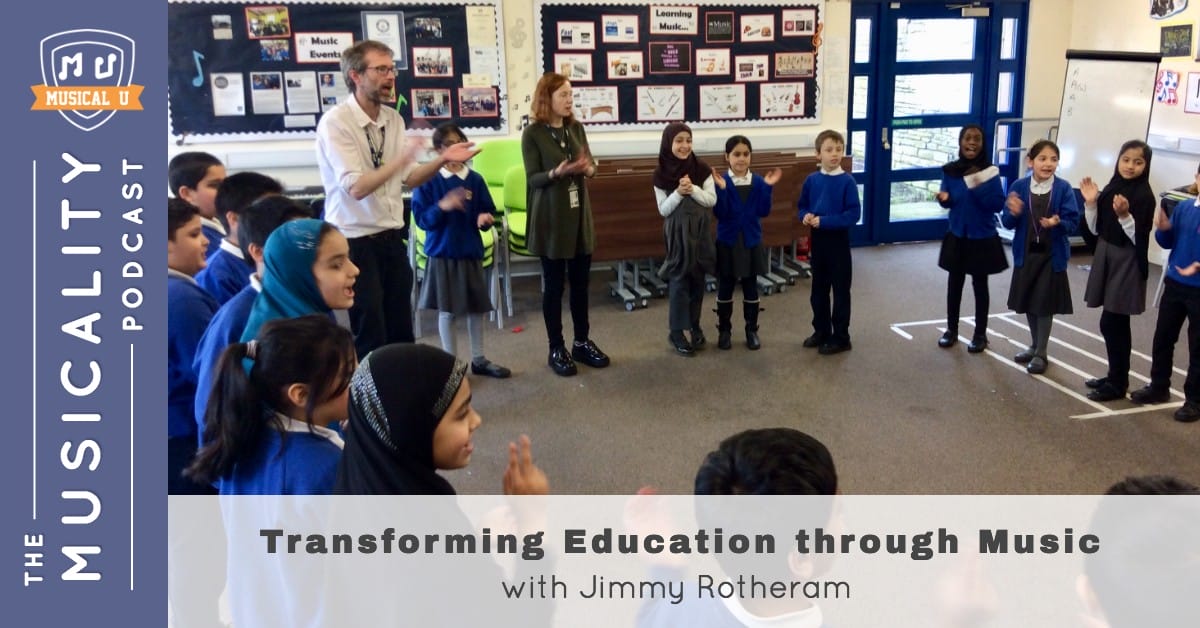 On this week’s interview episode of the Musicality Podcast, we interview a man who created a music program that turned one underperforming school into one of the nation’s top institutions. In Transforming Education through Music, with Jimmy Rotheram, Jimmy discusses how he integrated the principles of Kodály – an engaging and kinesthetic way to learn music – into a curriculum that emphasizes each child’s inner musicality and makes music class an interactive, engaging experience, and how this experience translated to the students’ improved academic performance.
On this week’s interview episode of the Musicality Podcast, we interview a man who created a music program that turned one underperforming school into one of the nation’s top institutions. In Transforming Education through Music, with Jimmy Rotheram, Jimmy discusses how he integrated the principles of Kodály – an engaging and kinesthetic way to learn music – into a curriculum that emphasizes each child’s inner musicality and makes music class an interactive, engaging experience, and how this experience translated to the students’ improved academic performance.
Teaching primary school can be challenging, especially for music teachers. However, it’s important to find teaching solutions – there are so many great benefits to starting music lessons at this age that will impact every aspect of the child’s education! Dabbledoo Music has some excellent tips on getting past these challenges.
We all want to share our love of music with the young children in our lives, but aren’t always sure how to best approach this. The team at Solfegio has 10 tips for teaching children music to get you inspired.
Instrumental musicians and vocalists typically learn to read music in different ways. If you come from an instrumental background, you may want to take a moment to appreciate how young singers are introduced to music notation. Jen from Music Teacher Mumma gives a short lesson on the topic.
Jimmy mentioned that Kodály games are always a big hit with his students and really enhanced their understanding of the music. Incorporate some fun into your Kodály education with a song suggestion from Mrs. Miracle’s Music Room.
Another aspect to Kodály education is that hand signs are often used in lieu of written notation. Amy from Music ala Abbott shares a creative game that she uses to teach the low “La” hand sign to her students. Let the games begin!
A Musical Network
So, you’ve got the chops, an incredible song repertoire, and the desire to bring your music to the masses.
But you need a drummer, or a publicist, or a producer. And you don’t know any.
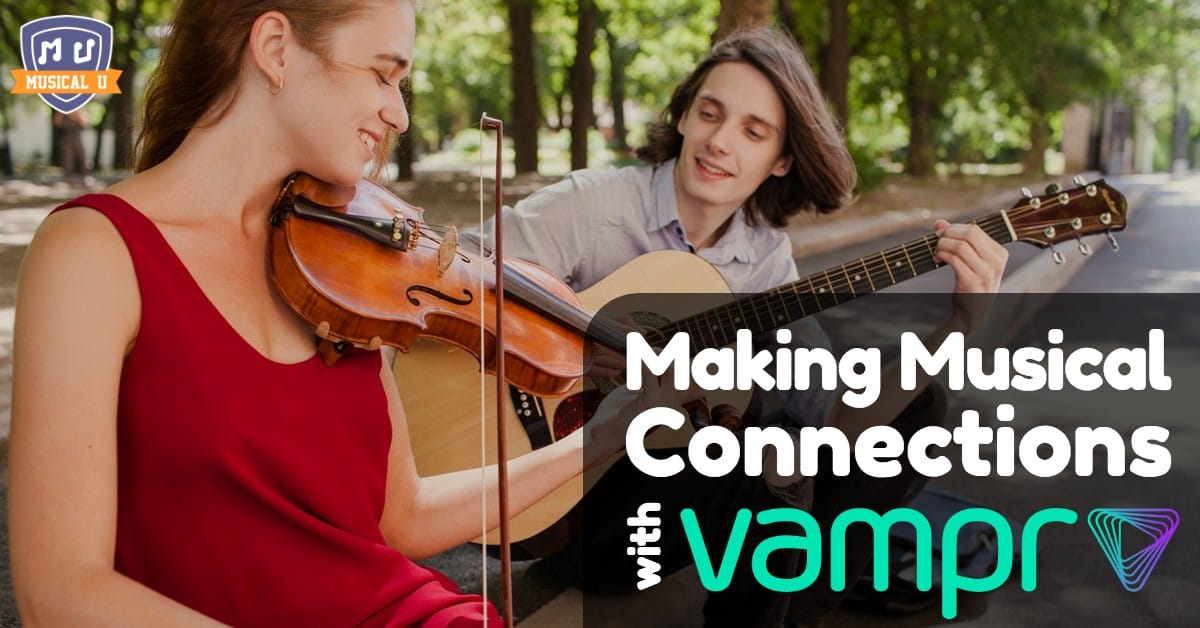 How do you find a trustworthy collaborator who is on the same musical page, without spending hours and hours of time scrolling through Craigslist ads and putting up flyers?
How do you find a trustworthy collaborator who is on the same musical page, without spending hours and hours of time scrolling through Craigslist ads and putting up flyers?
Enter Vampr, a musical networking app that facilitates connection and collaboration through a very simple premise: create a profile with your projects and goals, swipe through potential collaborators, and immediately start a chat with users you’d be interested in working with.
Furthermore, the app’s impressive (and growing!) user base of musicians, producers, songwriters, and established industry figures gives you the opportunity to work with people you may otherwise never meet – and make your music pipe dreams a reality!
Want to learn more? Read our interview with Vampr’s Head of Growth Kevin Clobes over at Making Musical Connections, with Vampr.
Learning to play with others is an important part of becoming a well-rounded musician, and using a tool like Vampr gives you some amazing opportunities to collaborate. Gerald from the Musician’s Way knows all about what it takes to become a confident musician, and shares these four cornerstones to musical collaboration.
After you get a group of musicians together and start working through some material, it may be useful to consider how to communicate with each other during a performance. You may be surprised by how much you are able to convey without saying a word – by using non-verbal cues! Acoustic Guitar Lessons London discusses how to brush up on your musical knowledge to become a master communicator in a band setting.
Collaboration should never stop, no matter what level of success you achieve. Even after several albums, the band Leveret continues to work with other musicians. Get some insight into how the band is able to continue challenging themselves to create fantastic new music in an inspiring interview.
Music and Your Well-being
A trending area of research is the hidden benefits that music has on your body and mind – and for good reason.
In About the Non-Musical Benefits of Music, we take you through some of the ways music improves your quality of life in indirect ways – everything from improving mental health and acuity, to expanding your social network and improving your self-esteem.
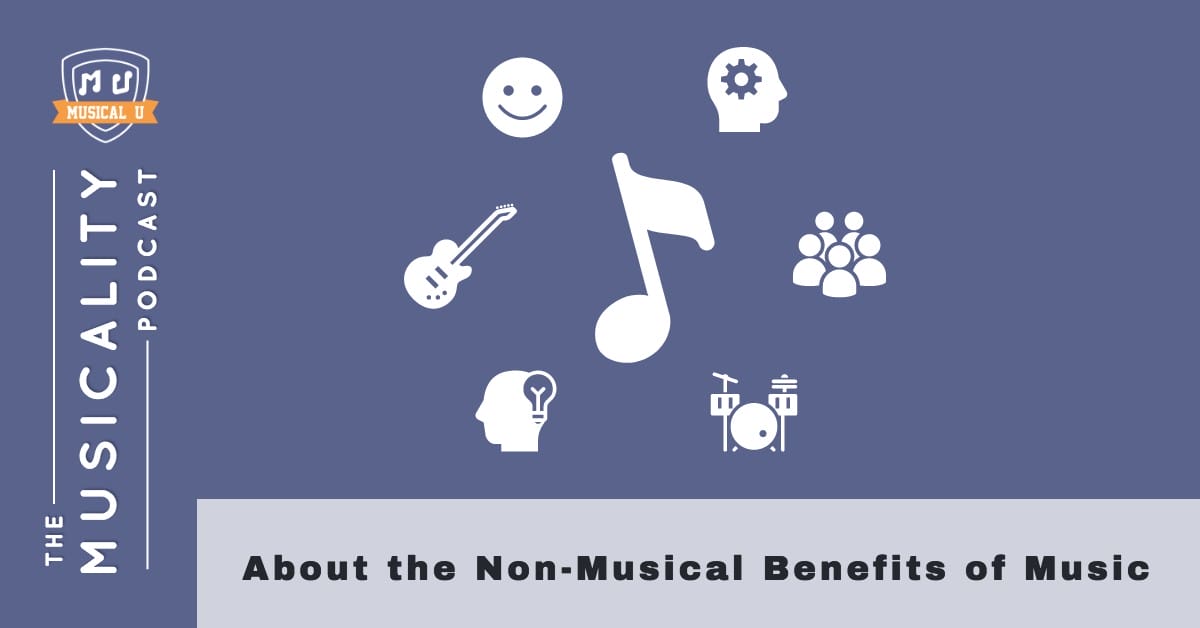 If you think you’re too old to start learning music, you’ll definitely want to tune into this podcast episode – as you’ll learn, countless benefits of leading a musical life really start to pay off in later life.
If you think you’re too old to start learning music, you’ll definitely want to tune into this podcast episode – as you’ll learn, countless benefits of leading a musical life really start to pay off in later life.
Looking for even more reasons to start playing music, or more affirmation that it changes lives for the better? Natalie from Musical Advisors has compiled six reasons to learn to play an instrument. Just think: you’re not only practicing, but improving aspects of your wellbeing while doing it.
Music therapists have long explored the benefits that playing music can have on one’s mind. That’s why many recommend that people begin playing an instrument, even if they are already past retirement age. Take a look at Music Notes’ animated infographic to learn all the ways that a musical routine can deliver these benefits.
The benefits of music are not restricted to just playing – listening is hugely beneficial also! The team at Connect Hearing discusses the mental and emotional benefits to actively listening to music.
Music – the Social Way
If there’s one takeaway from all this, it’s that music is a holistic activity – one that positively affects body, mind, and community.
In this age, there is nothing to stop you from creating and sharing music, with apps like Vampr just waiting to connect you with future collaborators. Meanwhile, as music educators like Jimmy Rotheram are helping push for better music education in schools, we are seeing that music is gaining influence in our lives as people are discovering the incredible benefits it yields – especially when done as a group activity.
There are infinite ways to take your music practice from an individual hobby to an interpersonal activity involving your family, friends, and community. How will you share your music?
Online music communities are one excellent way to exchange ideas and ask questions – and even find fellow creatives to work with!

